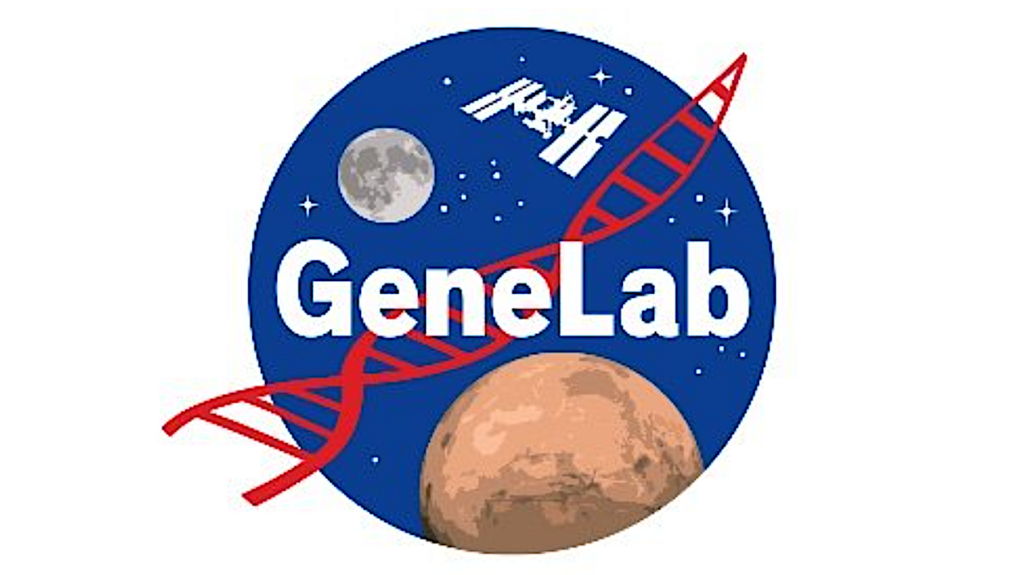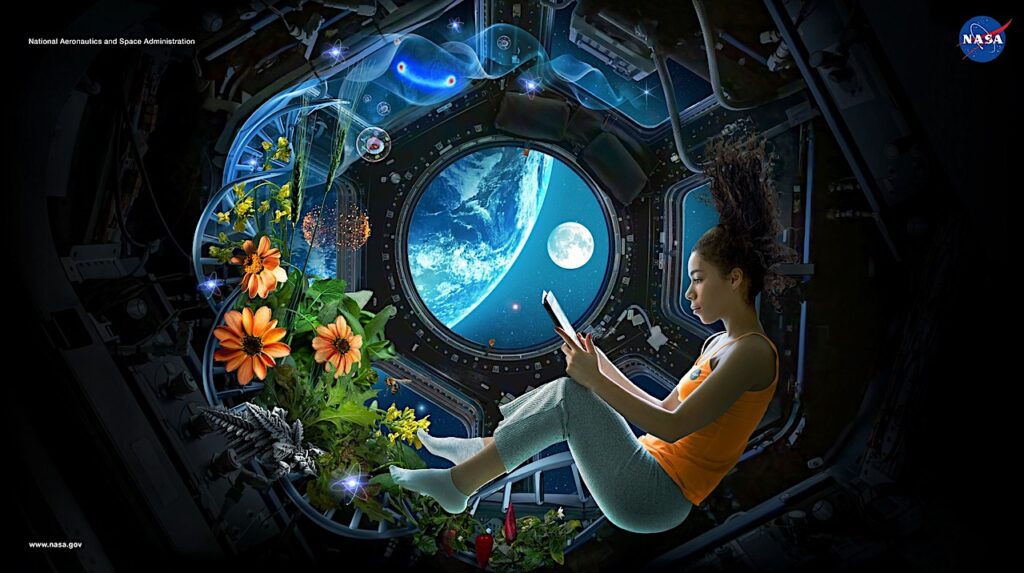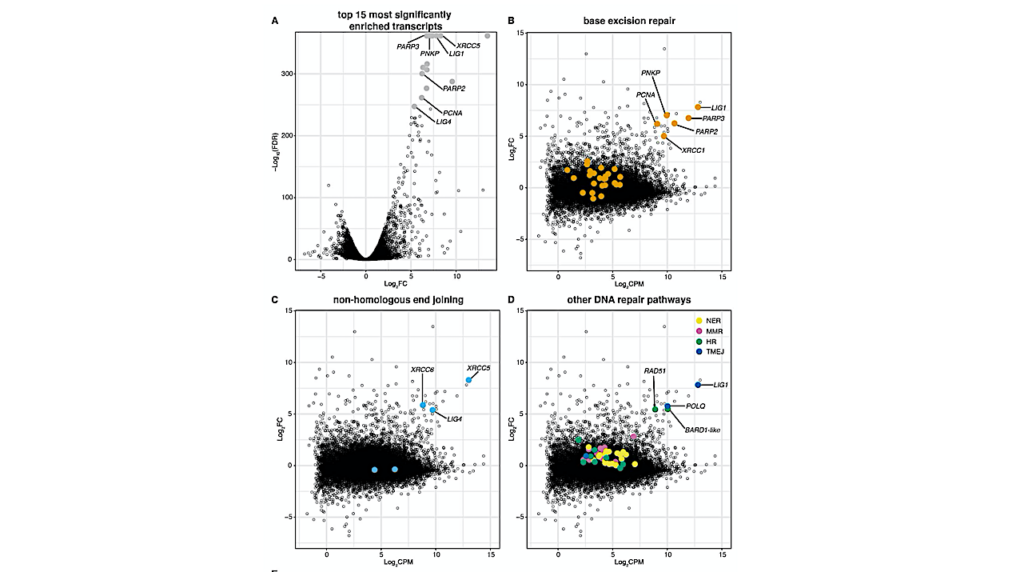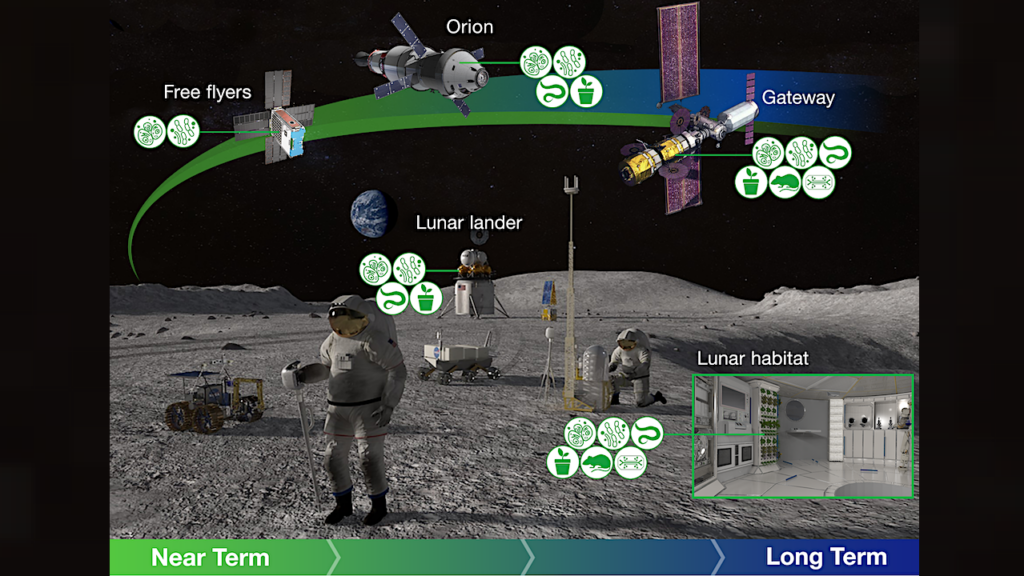Help Shape The Future of European Space Biology

What biology research would you conduct on the International Space Station? As the world celebrates 20 years of astronauts living and working on the International Space Station, ESA is preparing for another decade of European research in humankind’s weightless laboratory.
Over the past two decades, European research revealed fascinating insights as to why plants grow in a corkscrew fashion – and the fact that they sense gravity at very low levels – and showed it takes just 42 seconds for immune cells to adapt to weightlessness.
Last month ESA issued a call for ideas to ramp up biology experiments in space and take these findings even further. It is time to move research from investigations on individual cells to larger tissues, and from individual plants to investigating how to harvest crops in space.
Larger-scale experiments could help astronauts become more self-sufficient as we explore farther from Earth. With destinations such as the Moon and the lunar Gateway in view, this is essential as astronauts have less access to supplies from Earth.
A key factor that must be overcome for exploration is radiation – how it affects life and what can we do to protect ourselves. In the field of human and animal biology, what can we learn about radiation in space and how can we protect ourselves? The recent Rotifer experiment is looking at radiation-resistant organisms for clues.
Columbus has a dedicated facility for biology research, called Biolab. This rack houses an incubator, glovebox, centrifuge, cameras and storage. How should the capabilities of Biolab evolve to support the next level of biology research in space?
Bringing it all back home
All ESA experiments that run on the Space Station are chosen with benefits for people on Earth in mind. The outcome of research we do in space is directly applicable back home where resources are limited and circular economies are the next logical step. In space all resources are limited and recycling is necessary.
European researchers are invited to submit their ideas for the future of biology in space by 12 February and join ESA’s workshop at ESA’s technical heart in the Netherlands two weeks later.








